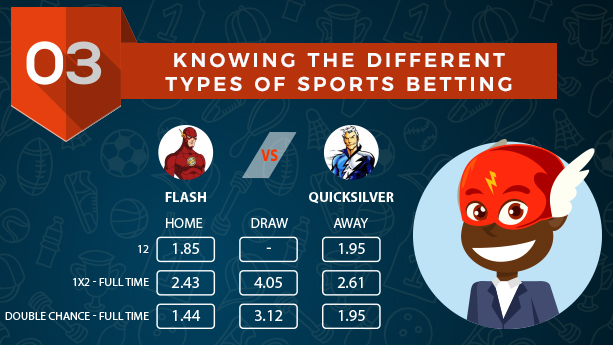In order to become a good gambler, you need to know the different types of sports betting. Indeed, sports betting is subject to many strict rules that differ depending on the type of bet you want to perform. Therefore we will study together the different types of bets offered by bookmakers and their terms.
The single bet
The single bet is the most common type of betting at the moment. In this type of bet, the player has 3 different types of bets to place(victory of team1, the victory of team2, draw).
The double chance bet
Less lucrative than the single bet, the double chance bet, gives you however as its name suggests, twice as likely to win. Your bet here will focus on 2 possibilities out of 3 possible choices (Victory of team1 or draw, victory team2 or draw, the victory of one of the two teams).
Combos bet or combined bet
The combined bet is more complex but more lucrative than the two previous ones. It consists of predicting on several matches simultaneously. In this case, the gain will be the product of the odds on which you bet.
The over/under bet
The term "over/under" can literally be translated as "over/under". This means that you bet on the number of occurrences of an event during a match. This event can be for example the number of goals.
The exact score bet
In this type of bet, you have to guess for yourself the exact result of a sports match.
The Halftime / Fulltime bet
This type of bet allows you to bet on both the final score but also the score at halftime.
The Face to Face bet
This type of bet does not concern team matches but individual matches, such as a boxing match. This is to determine which of the two competitors will win the match.
Handicap bets
In a handicap bet, the bookmaker grants the supposed weaker team a lead which will be added to the actual outcome. The bet here will focus on 3 possible choices (Victory of team 1, Victory of team 2 or draw).
Asian handicap betting
Just like for the classic handicap bet, but this time the possibility of a draw is not taken into account.

